Limbic System
The limbic system is a complex set of structures in the brain that play a vital role in regulating emotions, memory, and certain aspects of behavior. It is often referred to as the "emotional brain" and is involved in various functions such as emotional responses, motivation, and learning.
Structures of the Limbic System
The limbic system includes several key structures, such as:
- Hippocampus: This structure is crucial for the formation and retrieval of memories, particularly spatial and declarative memories.
- Amygdala: The amygdala is involved in processing emotions, particularly fear and aggression. It also plays a role in forming emotional memories.
- Hypothalamus: The hypothalamus regulates various bodily functions, including hunger, thirst, body temperature, and the release of hormones.
- Thalamus: While not traditionally considered a part of the limbic system, the thalamus is interconnected with other limbic structures and plays a role in relaying sensory information to the cortex.
- Cingulate gyrus: This structure is involved in regulating emotional and cognitive processing, as well as attention and autonomic functions.
Functions of the Limbic System
The limbic system performs several important functions:
- Emotional Regulation: It helps regulate emotions and emotional responses, such as fear, pleasure, and anger.
- Memory Formation: The limbic system, particularly the hippocampus, is essential for the formation and consolidation of new memories.
- Motivation: It plays a role in driving behaviors related to survival, such as eating, drinking, and sexual behavior.
- Learning: The limbic system is involved in the learning and retention of new information, particularly when emotions are involved.
Study Guide
When studying the limbic system, it is important to focus on the following key points:
- Identify the main structures of the limbic system, including the hippocampus, amygdala, hypothalamus, thalamus, and cingulate gyrus.
- Understand the functions of each structure within the limbic system and how they contribute to emotional regulation, memory formation, motivation, and learning.
- Explore the interconnected nature of the limbic system with other brain regions and how it influences various behaviors and cognitive processes.
- Consider the implications of limbic system dysfunction in conditions such as anxiety disorders, depression, and memory-related disorders.
- Review case studies and research findings related to the limbic system to gain a deeper understanding of its role in human behavior and cognition.
By mastering these key points, you will develop a comprehensive understanding of the limbic system and its significance in brain function and behavior.
.◂Biology Worksheets and Study Guides High School. Human biology II
Worksheet/Answer key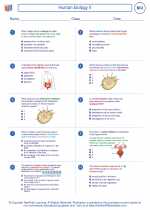 Human biology II
Human biology II  Worksheet/Answer key
Worksheet/Answer key Human biology II
Human biology II  Worksheet/Answer key
Worksheet/Answer key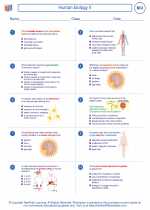 Human biology II
Human biology II  Vocabulary/Answer key
Vocabulary/Answer key Human biology II
Human biology II  Vocabulary/Answer key
Vocabulary/Answer key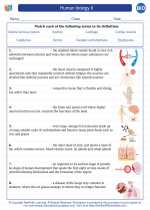 Human biology II
Human biology II  Vocabulary/Answer key
Vocabulary/Answer key Human biology II
Human biology II  Vocabulary/Answer key
Vocabulary/Answer key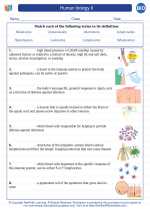 Human biology II
Human biology II  Vocabulary/Answer key
Vocabulary/Answer key Human biology II
Human biology II  Vocabulary/Answer key
Vocabulary/Answer key Human biology II
Human biology II  Vocabulary/Answer key
Vocabulary/Answer key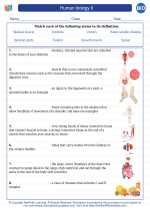 Human biology II
Human biology II 

 Worksheet/Answer key
Worksheet/Answer key
 Worksheet/Answer key
Worksheet/Answer key
 Vocabulary/Answer key
Vocabulary/Answer key
 Vocabulary/Answer key
Vocabulary/Answer key
 Vocabulary/Answer key
Vocabulary/Answer key
 Vocabulary/Answer key
Vocabulary/Answer key
 Vocabulary/Answer key
Vocabulary/Answer key
 Vocabulary/Answer key
Vocabulary/Answer key
 Vocabulary/Answer key
Vocabulary/Answer key

The resources above cover the following skills:
LIFE SCIENCE (NGSS)
From Molecules to Organisms: Structures and Processes
Students who demonstrate understanding can:
Develop and use a model to illustrate the hierarchical organization of interacting systems that provide specific functions within multicellular organisms.
Plan and conduct an investigation to provide evidence that feedback mechanisms maintain homeostasis.